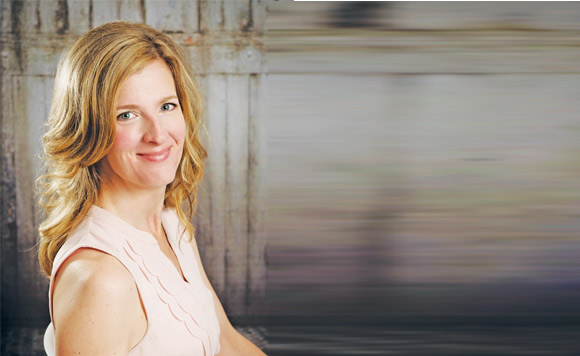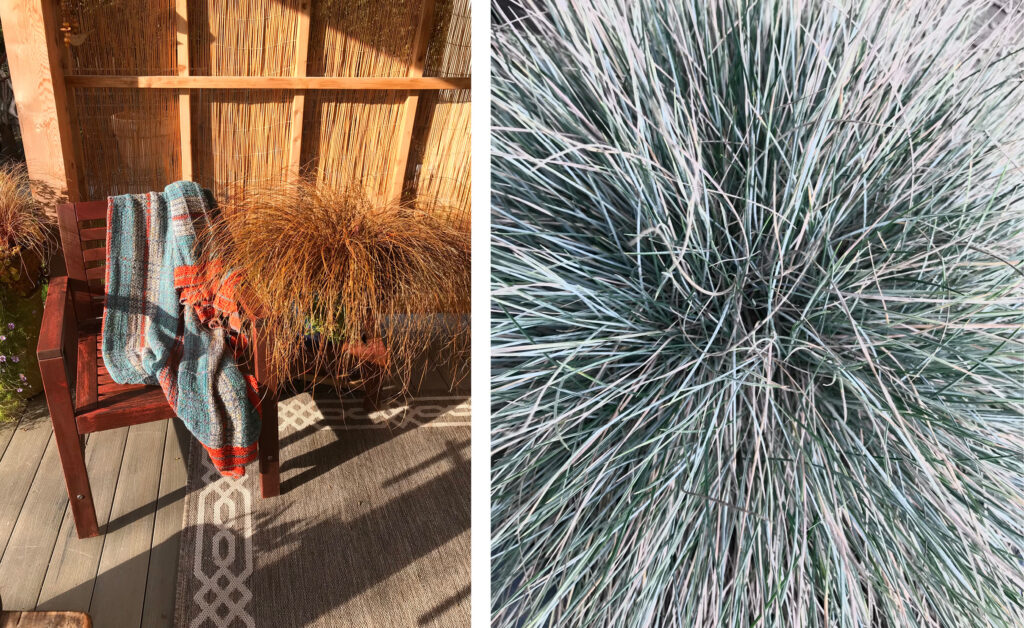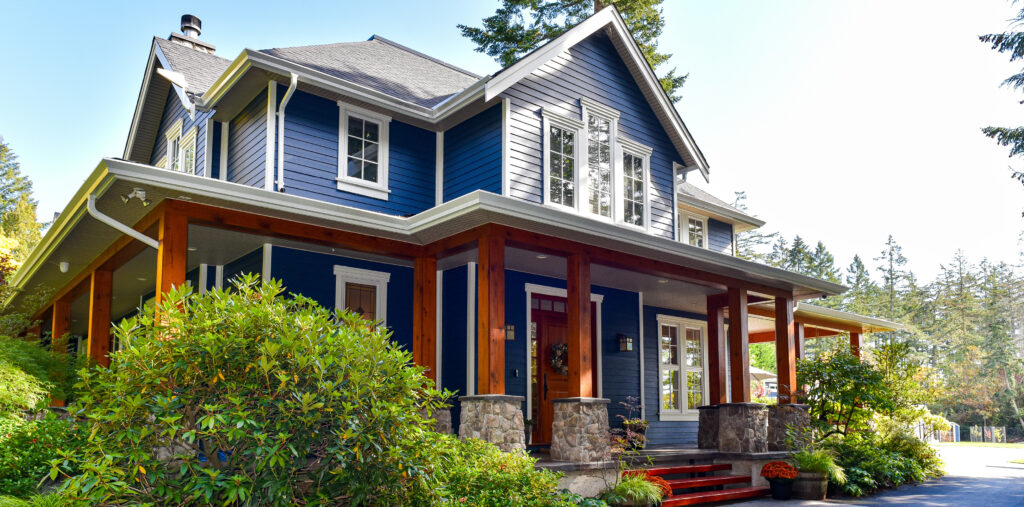by Krista Rossato, id8 Design –
The past few months have brought record-breaking global temperatures, reaching milestones we were hoping to never see. As I read the news that the average temperature across the Northern Hemisphere reached a dangerous 2°C above the mark that had long been set as “normal,” I instantly thought about the kind of earth my children were inheriting. Within a few hours, it resulted in some much-needed and appropriately timed conversations about what we felt we were doing well and what we could improve upon.
Topics of Green Design, Sustainability and Climate Change are extensive, overwhelming and confusing. Design impacts every aspect of how we go about our daily lives, how we relate to our environment and how we interact with one another. Since our design choices are far-reaching and consequential, changing our habits to be stakeholders of the earth, rather than consumers, is a good place to start. Here are the results of our discussion:
Snap out of it! Practice and teach responsible consumerism. Buy less. Re-think “free.” Be aware of when you REALLY need something. I often remind myself that if my Grandmother survived without it, so can I. The positive effects are far-reaching, and your pocket book will thank you.
Durability: Choose design that will last longer than the time you expect to need it.
Functionality: How will this design do more than just fulfill your immediate need? What more can it do, if not now, then later?
Longevity: Avoid trends; think heirlooms. Can the intended life cycle be improved?
Repairable: When our ability to repair something is out of our reach (be it the tools, skills, quality or complexity), then it becomes disposable. Oftentimes, a simple fix can extend the lifespan of an item.
Buy local. Support your local growers, services and manufacturers. When you support local, you are directly in touch with those who are invested in our communities, because your well-being is also theirs.
Refuse, Reduce, Reuse and Recycle: in that order. Recycling does not justify a poor consumer decision. It still takes energy and creates waste, and not everything can be recycled everywhere. Use it as the final option.
Take a tour of Hartland Landfill and Recycling Facility. They offer fun and informative tours, so we can see where our garbage goes and what can, and cannot, be done with it.
Make something. The design process allows you to see old things in new ways. Your time, energy and resources are valuable, just like that of our earth. Not only will you appreciate all that goes into making something, but you will then be more likely to care for it.
Ask Questions. Design should be healthy and safe for you, but also manufactured in an environment that was healthy and safe for the workers.
For more information visit www.id8design.ca.




